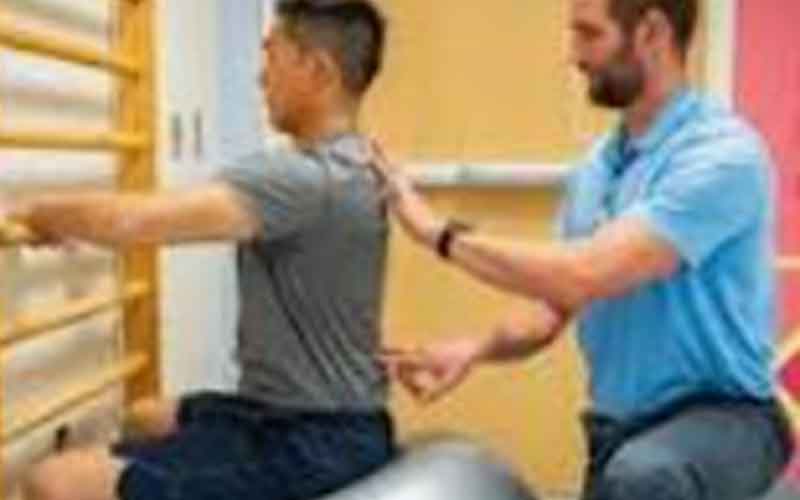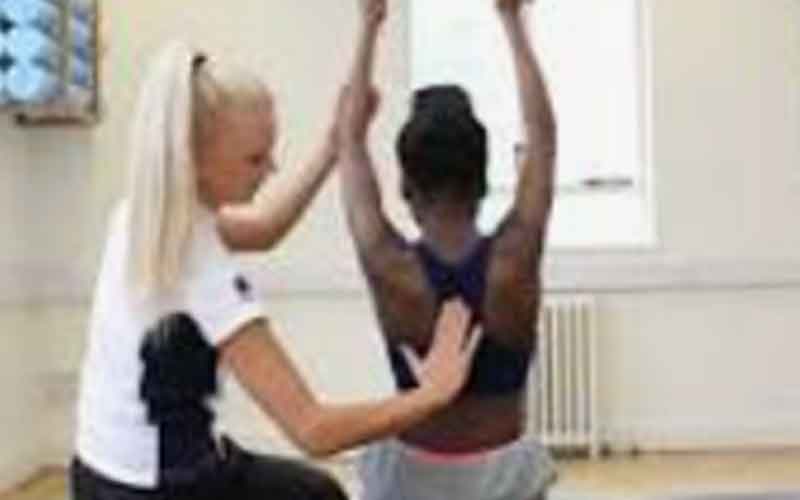
Scoliosis Management
Scoliosis is a sideways curvature, in a C or an S-shape, of the spine. Spaces between the vertebrae may be compressed or stretched. It can occur in people with conditions such as cerebral palsy, muscular dystrophy or childhood scoliosis. Most cases of scoliosis are mild.
Scoliosis management with physio treatment can help improve body posture but may not improve the curvature of your spine. Physiotherapy treatment helps to strengthen the supporting muscles of the spine and correct poor posture.
What are Schroth exercises for Scoliosis
Schroth exercises include three components such as Muscular Symmetry, Rotational Angular Breathing and Awareness of your Posture.
- Practicing breathing exercises.
- Learning posture correction techniques.
- Holding your body in standing, sitting and lying down positions.
- Working with props such as a wall ladder, poles, exercise
bands and therapy balls.


Schroth exercises
It uses exercises customised for each patient to return the curved spine to a more natural position. The goal of Schroth exercises is to de-rotate, elongate and stabilise the spine.
Scoliosis varies greatly in terms of how it affects patients of different ages, types and causation. The scoliosis condition severity can be determined by a measurement known as Cobb Angle. The higher the Cobb angle, the larger the unnatural curve and the more severe is the scoliosis condition. It can be classified as:
- Mild scoliosis. Cobb angle measurement between
10 and 25 degrees
- Moderate scoliosis. Cobb angle measurement
of between 25 and 40 degrees
- Severe scoliosis. Cobb angle measurement of
40+ degrees
- Very severe scoliosis. Cobb angle measurement
of 80+ degrees

What to avoid when a patient has scoliosis
Generally, a person with scoliosis or any person should avoid activities that strain the spine, puts it at risk of injury or any unnatural position should be avoided, such as:
• Lifting heavy objects.
• One-sided impact sports.
• High heels, flop-flops that do not provide much suppor
How our physiotherapists can help
Our physiotherapists guide you in learning the various exercise techniques and breathing exercises. The duration of the physio program varies depending on the nature and extent of the scoliosis. We can help scoliosis patients on:
- Relief pain.
- Education on posture awareness.
- Improve in patient movement patterns.
- Restoring muscular symmetry and alignment of posture.
- Specific exercises to improve posture, core stability and strength.
